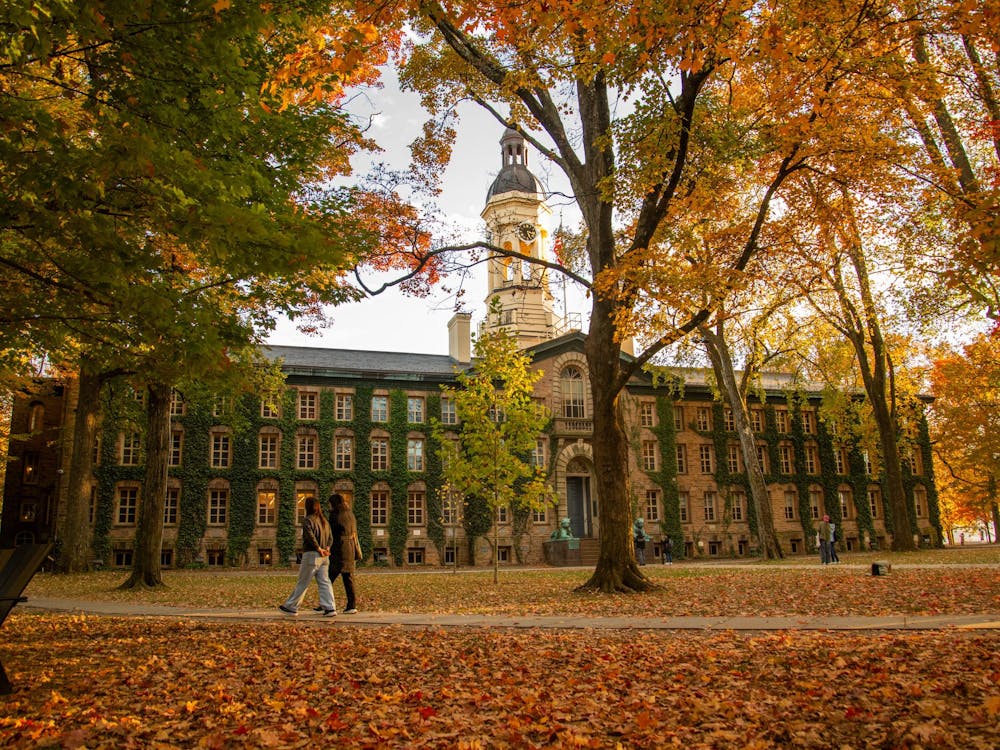Do you know what a liquid is?" This was a legitimate question posed to me and a friend as we stepped up to have our bags x-rayed before we checked them at the Bermuda airport. The friend had just asked if her mascara could stay in her carry-on. "If you can drink it, it is a liquid. If you cannot drink it, it is not a liquid," was the inspector's poetic response. This seemed a simple enough mantra to me, so I stuck my tube of lip gloss in my bag to be checked before it was sent down the conveyor belt.
Not 20 minutes later, I made the mistake of making eye contact with and smiling at the airport employee standing behind a table just before the jet bridge. She smiled back but then shouted, "Random bag check!" in my general direction and motioned with exasperation for me to hurry over to the table. There, my other lip gloss, this time in a tin and supposedly gel-like in nature, was confiscated, even though you could not, in fact, drink it.
For many, Fall Break vacations reminded us just how intense and silly airport security has become. Let's review the new regulations. Each passenger can carry on a one-quart sized bag that contains bottles of liquids, gels and aerosols that are three ounces or fewer. The bag must have a Ziploc closure. The magic of the yellow-and-blue-make-green seal must have confused the TSA into thinking that a Ziploc actually locks because I'm pretty sure that once you're on the plane you can open it back up. I get that the whole being clear thing has its advantages, but why is it necessary that the bag have a seal?
Here's further faulty logic. Once you've already made it past the first round of security, bags are checked again before you get on the plane. After the first round of security checking, you are allowed to purchase liquid to carry on to the plane. If they don't care about the liquid we buy in the airport, what kinds of things are they thinking we've purchased since making it through the first round of security? If second-round checks exist just to catch people who might have somehow fallen through the cracks the first time, like me and my tinned lip gloss, maybe we should just try harder to get everyone the first time.
The first round of screening is already pretty extensive. Your shoes have to come off and several layers of clothing have to be removed before you can walk through the metal detector, after which there is no cuddling. Second screening rounds can be just as thorough. One friend said he had to board a flight to the United States from Chile an hour early so that all passengers' carry-ons could be searched and all bodies could be wanded on the jet bridge.
Sometimes, the silly airline security doesn't stop once you get on the plane. Usually if one of the captains has to go to the bathroom during the flight, a drink cart is used to block the front of the plane until the captain returns to the cockpit. On my friend's flight from Chile to America, flight attendants made a human barricade in the front galley and somehow neglected to realize that anyone could come down the other aisle and cross over to the area the attendants were "blocking." Then again, just the sight of a flight attendant with outstretched arms would pretty much deter the most ferocious of terrorists, right?
Instead of putting everyone through repeated checks and hiring all those extra, bored employees to conduct those extra checks, we could save time and money by making the albeit initially large investment in those spiffy new air puff "sniffer" machines, aka "Explosives Detection Trace Portals," for every airport. I guess until that day arrives we'll have to keep supporting the resealable bag market and getting to the airport as far in advance as our grandparents would. Laura Berner '07 is a psychology major from Rye, N.Y. She can be reached at lberner@princeton.edu.







